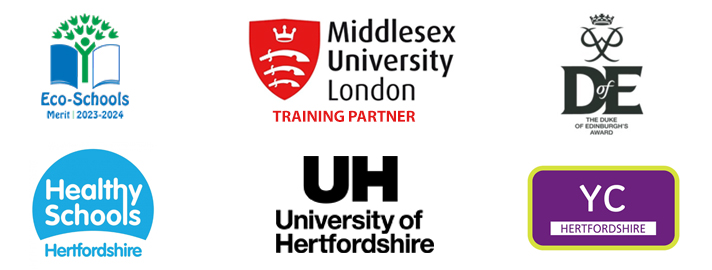Online Safety
Stanborough School is committed to using technology to enhance the learning experience of its students.
 It is therefore committed to ensuring the online safety of all stakeholders within the school by providing structures, systems and processes to deal with the many changing issues that may arise. Should staff have any concerns with online safety issues for any stakeholders, they should contact Mr Green.
It is therefore committed to ensuring the online safety of all stakeholders within the school by providing structures, systems and processes to deal with the many changing issues that may arise. Should staff have any concerns with online safety issues for any stakeholders, they should contact Mr Green.
Below is an overview of how online safety is addressed at the school:
Safer Internet Information
A good starting point for parents is to look at the guides on the ThinkUKnow website and the NSPCC website.
For information about keeping your child safe and Live Streaming apps click here.
For information about antivirus software with Free Parental Control Tools click here.
The following documents will give you some additional information about how to keep your child safe on the internet.
Instruction Videos
If you are struggling to secure your home network and router, some of the top providers have supplied some videos to help you overcome any difficulty you are having.






